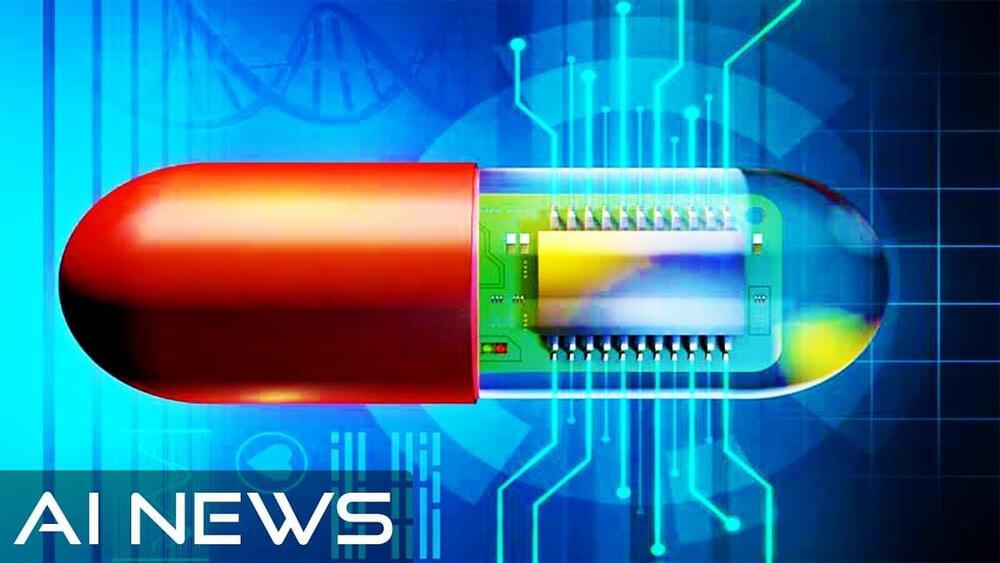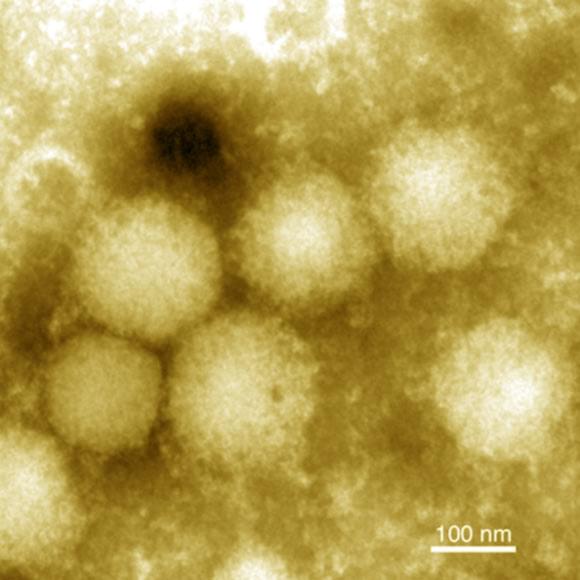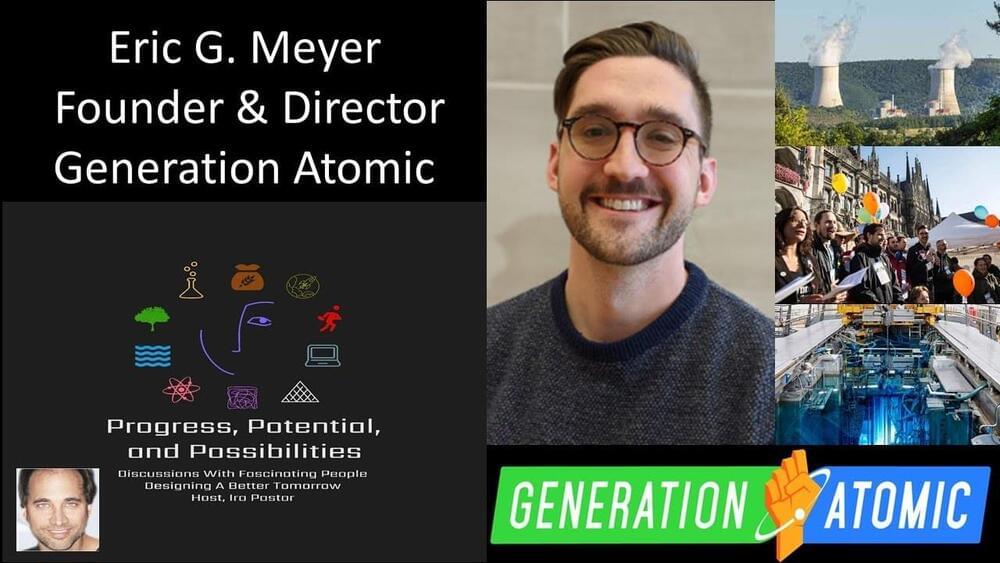Oct 5, 2021
How You Will Live to 200 Years — New Longevity Technologies
Posted by Montie Adkins in categories: biotech/medical, holograms, life extension, robotics/AI, singularity
I hope we get the hologram interfaces depicted too.
It’s becoming clear that aging is just as curable as other diseases such as the cold or a broken bone. Advancements in biotechnology now allow for targeted gene therapy and supplements to be invented that can both stop aging and even reverse the aging process through new Longevity Technology. The field of Longevity has expanded and evolved a lot during the past few years and have invented new treatments for diseases of old people which could increase the average lifespan of people by a ton according to the leading scientists such as David Sinclair and Aubrey De Grey. Anti Aging Supplements such as Metformin and NAD+, NMN are just the start.
–
Every day is a day closer to the Technological Singularity. Experience Robots learning to walk & think, humans flying to Mars and us finally merging with technology itself. And as all of that happens, we at AI News cover the absolute cutting edge best technology inventions of Humanity.
Continue reading “How You Will Live to 200 Years — New Longevity Technologies” »


















